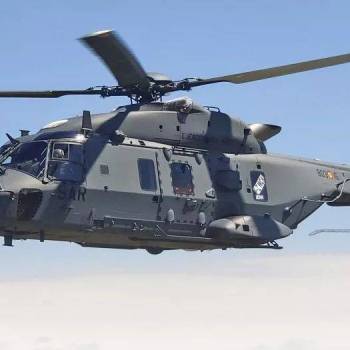
Although it looks like something out of a science fiction movie, this technology is reaching the market faster than we imagined applying numerous uses in the industry, one of them, the militarized one.
Undoubtedly, after the first launch that has been recorded by unmanned aircraft by the Austrians in 1849, this technology has been rapidly becoming sophisticated to what one has now, a swarm of autonomous micro-drones dropped from an F/A-18 Super Hornet jet fighter able to communicate with each other, completed multiple missions, including adaptive formation flying, collective decision-making and self-healing, according to the Defense Department release. The drones had a 6.5-inch body and 11.8-inch wing span and weighed fewer 10.23 ounces. Oriented by a single human being on board a fighter or cargo plane, they do not need training and do not involve family compensation if they fall in battle.
The American Air Force Research Laboratory and the military products company Kratos have been working for some time on this human-robot combination to deploy cheaper air formations without risk aversion, capable of deciding faster than the human being thanks to the computer advances and with a margin of maneuverability in the air far superior to that which tolerates the body of a person.
The project has an initial budget of 100 million dollars.
However, while the United States and China compete in this technology by developing smarter manned aircraft, Russia takes countermeasures by working on computer technology to block and track these unmanned aircraft.
We know very well that the Russian army is an expert studying new technologies; so I dare to say that it paired with the United States and China, even overcome them; but if it cannot match its current future with these technologies, Russia will seek other means where it wants to be the expert to protect, defend and compete without going unnoticed.

Written by Cesar Garcia
Cesar Garcia is Automation and Control Engineer and a Supply Chain Management Expert
 " />
" />

